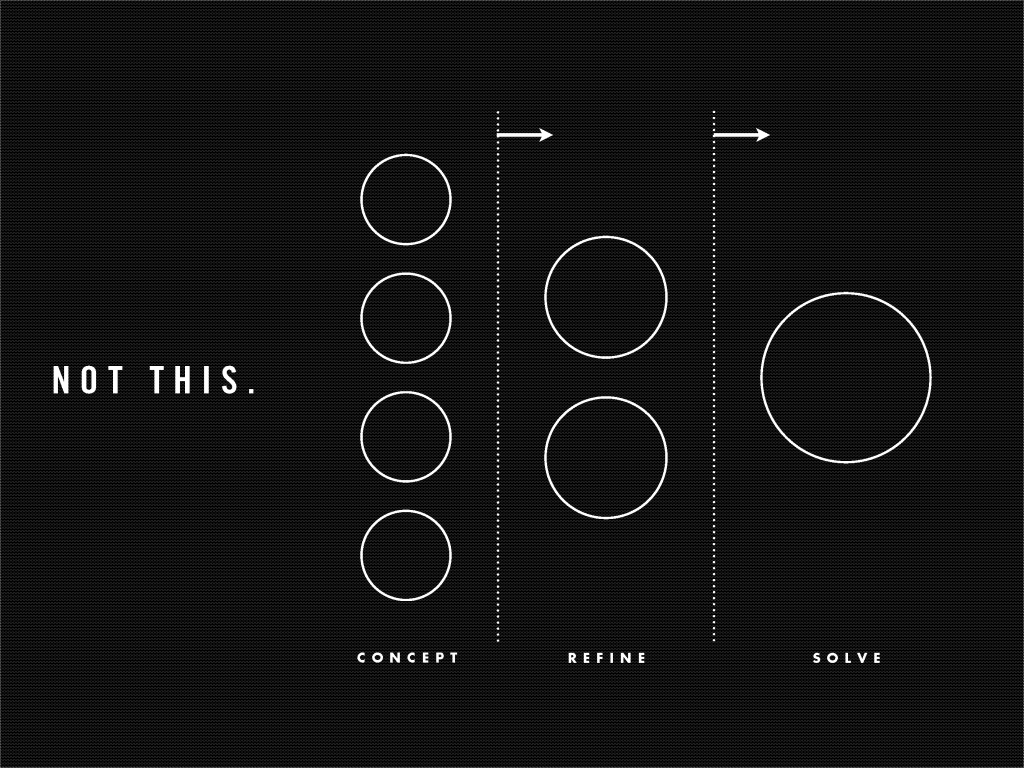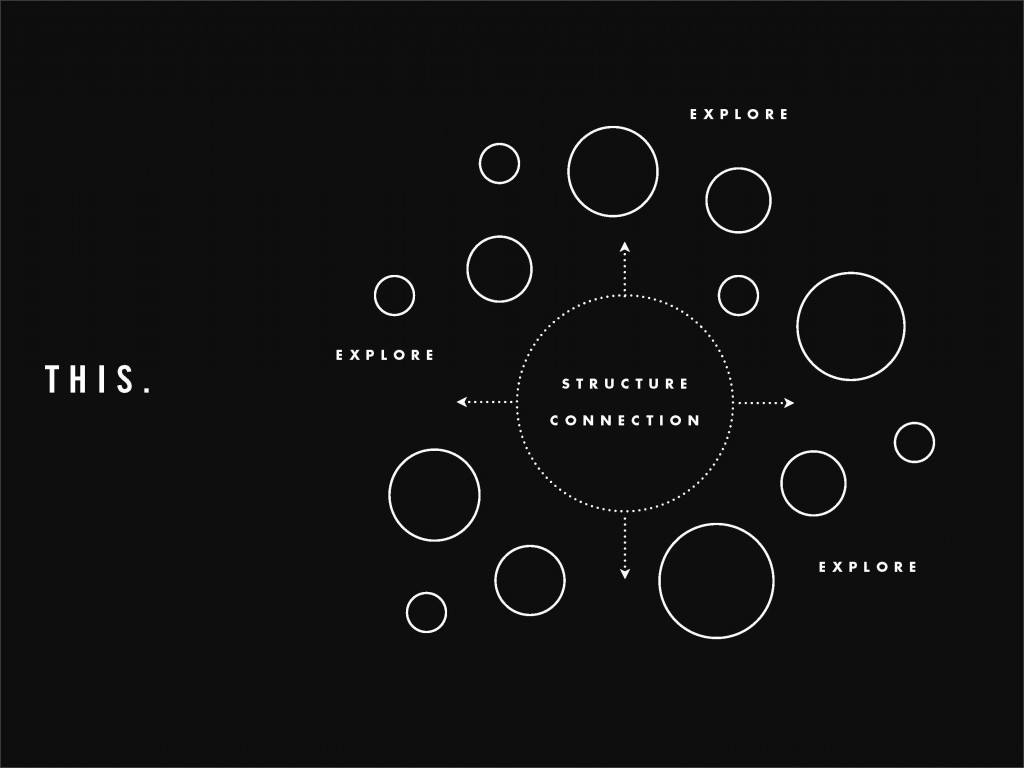How Rules and Repetition Inspire Creativity
For centuries, artists have been exploring the benefits of working with constraints. Bach composed the Goldberg variations — an aria and 30 variations for a harpsichord — in 1741. Picasso created an 11-lithograph series of bull illustrations in 1945. Matt Stevens reinterpreted the same object in his MAX100 project and has serialized a number of his other works as well. Great artists and designers impose constraints to inspire their creativity.
I noticed how often I create repetition in my work – systems for myself to operate within. And I asked myself: Why do I create this repetition? Why do I love series so much?
Limitations force you to be inventive and create new paths
With Matt’s MAX100 project, he focused on a single image — the iconic Nike sneaker — and reinterpreted it 100 times.
The rules were simple: the shoe had to be in the same position on the page (it couldn’t be turned), and it had to be fundamentally changed. It wouldn’t be enough to add patterns around it: he would iterate on the shoe itself, over and over again.

The idea is to take something, abstract and change it and let the narrow focus of the project give you a sense of freedom as you move through it. How far could I push it? How much could I abstract it?
The result of this deceptively simple exercise? A successful Kickstarter that turned into a book, client work with Nike themselves, plus an art exhibition in New York.
How to setup your system
No project happens overnight. Your process for setting a project with the right limitations is important.


1. Define the problem
Choose your subject and your challenge. You may be trying to understand a fellow designer’s technique. You may really just love an icon. You may want to learn a new skill. Define the problem and what you will focus on. The MAX100 project, for instance, started as a project for Matt to learn more about illustration.
2. Limit your options in solving the problem
“Limited options provide clarity. And when you get stuck, sometimes the answer is not more; but it’s less.”
Impose a structure and set some rules to explore your concept. What rules will you create by? Create a baseline structure to operate within, whether that’s the medium you are trying to learn, or the logo you are trying to explore.
3. Iterate, explore, learn, repeat
Once you’ve defined your problem and a system for working on it, it’s time to start exploring. Don’t get stuck on the unknowns: it’s important to just start testing out a lot of different things to get the basic idea across, and iterate accordingly.
Don’t be afraid to imitate the styles of people you admire as you go, either: these can set off their own series of explorations. Pick those apart and understand how they work. You may start to see the task in new and unexpected ways, and explore anew from there.
Remember that when you get stuck, sometimes the answer is not more, but less.